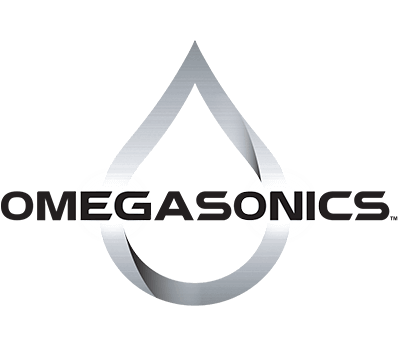Ultrasonic cleaners are a reliable, safe, and effective way to remove mold support from the surfaces of a 3D printed part. Parts manufactured by the 3D printing process can take advantage of ultrasonic cleaners to expedite the cleaning and finishing stages after a part is printed.
Very intricate and delicate objects, as well as complex tools and machines, can be printed with 3D printers, but require a special material known as 3D mold support to make this type of printing possible.
Mold support enables 3D printers to achieve the elaborate shapes that in the past could be made only by casting or machining processes. When the final printed part is complete, ultrasonic cleaners help remove the mold support quickly and completely, reducing the time needed to manufacture the part and have it ready for the next step in the assembly process or ready to ship to the customer.
3D printing is a very effective method of building complex components because they can be designed and manufactured rapidly, going from computer-aided drawing to completed part in one step. Parts are built one paper-thin layer at a time, using plastic, metal, or ink from a print head and distributed onto a printer table in the shape of the object.
When the process was initially developed, 3D printing had one drawback—it couldn’t print a part with overhanging shelves, ledges, or cavities because there was no way to support them while they printed. That problem was solved with mold support, a material that dissolves easily in ultrasonic cleaners.
Mold support works as a reverse image of the finished part; a placeholder, so to speak. It is a type of resin, deposited from a second nozzle in the same print head used to print the actual part.
Where a space, gap, or hole exists under the print head, it is filled in with the resin mold support material, while the rest of that same layer is filled in with part material. It gives the finished part the appearance of having been poured into a mold to shape it, thus its name (imagine making a golf ball. The mold would be a hollow sphere with raised bumps inside, while the golf ball would be round with dimples. It would be impossible to make a golf ball without a mold).
Once the part is completely printed, the resin mold support must be removed from the part. Ultrasonic cleaners are used for this purpose. The cleaning could be done by hand scrubbing or with a hot water spraying system, but both of these methods are slow and could potentially damage the part.
High-alkalinity detergent and hot water are placed in ultrasonic cleaning machines along with the part, and the resin dissolves in short order. No manual labor is needed, and the resin is cleaned from even the most inaccessible cracks, crevices, and blind holes and passageways.
The intricacy of some of the components that have been made with 3D printers virtually requires the use of ultrasonic cleaners to remove all of the mold support. The more complicated and involved the part, the harder it would be to clean by any other method. Ultrasonic cleaning is an integral part of the 3D printing process, and is almost as important as the printer itself. No other machines can clean as quickly, thoroughly, and deeply into the recesses of a part the way ultrasonic cleaners can.
Contact us for more information on ultrasonic cleaners. You can also find us on LinkedIn and Twitter.

